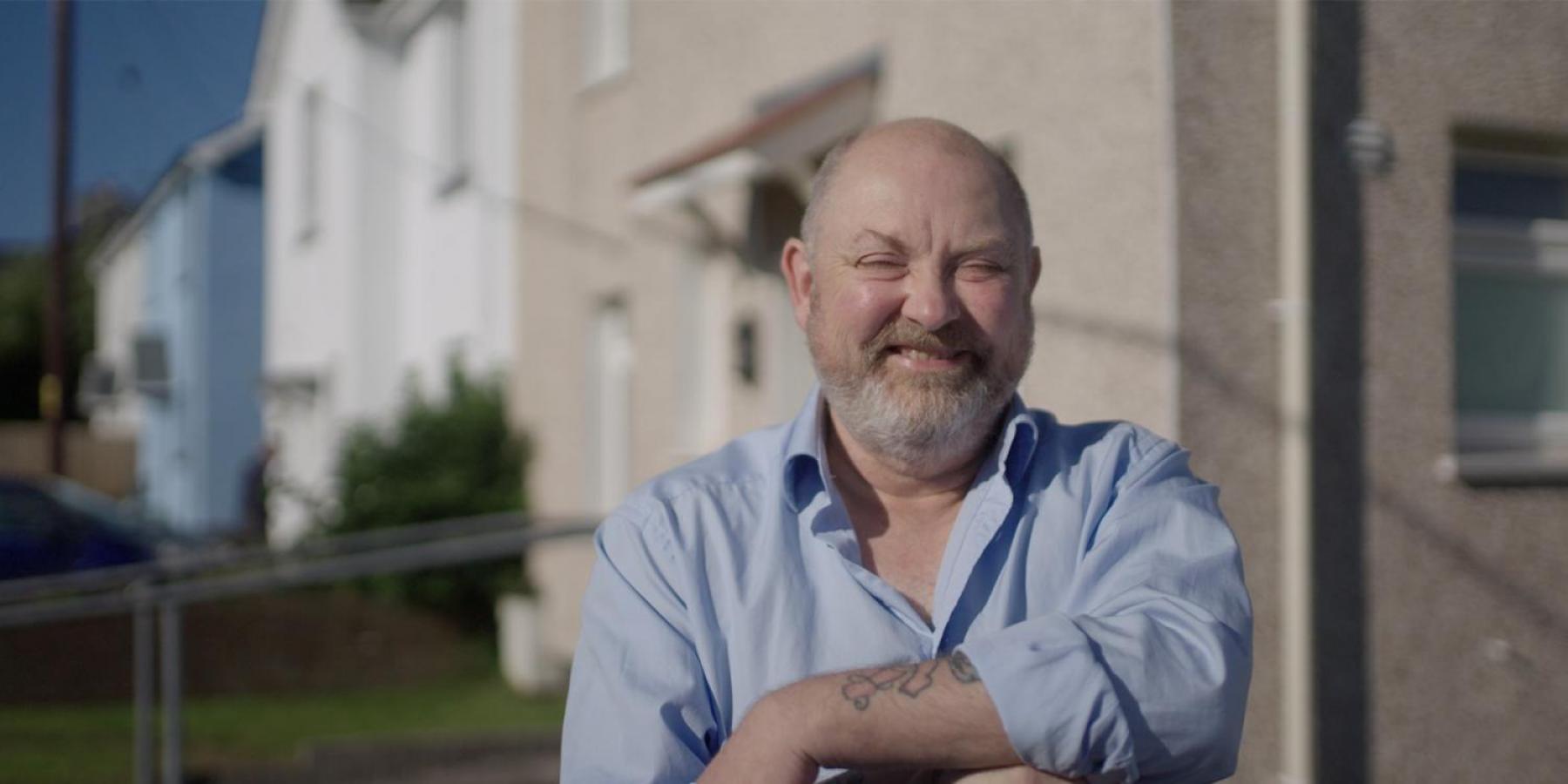
Fast Facts about Chronic Kidney Disease
- Early chronic kidney disease has no signs or symptoms – many people living with CKD don’t even know it until the disease is in an advanced stage.
- About 10% of the adult population is living with some degree of CKD, and every year millions die prematurely from CKD and related complications.
- CKD is a major risk factor for cardiovascular diseases, which are the primary cause of death for all people living with CKD.
- If CKD is detected early and managed appropriately, the deterioration in kidney function can be slowed or even stopped, and the risk of associated cardiovascular complications can be reduced.
- CKD is largely preventable, and can be detected early with simple blood and urine tests.
What is chronic kidney disease?
Chronic kidney disease is a progressive loss of kidney function over a period of months or years. Our kidneys work to keep us healthy by cleaning wastes from our blood with millions of tiny filters, called nephrons. If these nephrons are damaged, they begin to shut down. Eventually, there are not enough left to filter our blood well enough to keep us healthy and we begin to feel the symptoms of CKD. However, by the time we notice the symptoms, CKD is usually at an advanced stage. In fact, a person can lose up to 90% of their kidney function before experiencing any symptoms at all. This is why one in ten people are living with CKD, but most of them don’t even know it.
Left untreated, CKD progresses from Stage 1 through to Stage 5. Stage 5 is also known as End-Stage Renal Disease (ESRD), which means regular dialysis treatment, or a kidney transplant is needed to survive.
Symptoms and complications of CKD may include:
- High blood pressure
- Anaemia (low blood count)
- Weak bones
- Poor nutritional health
- Nerve damage
- Swollen ankles
- Fatigue
Another consequence of CKD is that it increases the risk of early death from associated cardiovascular disease (i.e. heart attacks and strokes). People living with CKD therefore have an increased risk of dying prematurely from cardiovascular disease, regardless of whether they ever develop kidney failure.
What are the causes and risk factors for chronic kidney disease?
Hypertension and diabetes are the most common causes of kidney disease, with hypertension causing just over a quarter of all cases of kidney failure and diabetes causing one third of them. Between 2005 and 2015, the prevalence of diabetic kidney disease increased by 39.5% globally. In Mexico, the country with the highest CKD death rate in the world, more than half of all cases of Stage 5 CKD were attributable to diabetes.
Other much less common conditions that can cause CKD include inflammation, infections, genetics, or longstanding blockage to the urinary system (such as enlarged prostate or kidney stones).
How can we prevent chronic kidney disease?
CKD is a silent killer, but it can usually be prevented. There are several ways to reduce the risk of developing kidney disease.
- Be active
- Eat a healthy diet
- Reduce your salt intake
- Don’t smoke
- Check and control your blood sugar and blood pressure as part of your regular checkups
- Get your kidney function checked if you have one or more of the ‘high risk’ factors: diabetes, hypertension, obesity, a family history of CKD.
How do you diagnose and treat chronic kidney disease?
Chronic kidney disease is rising in prevalence
About 1.3 million people die from kidney disease each year, with an additional 1.4 million deaths from cardiovascular disease that are attributed to impaired kidney function.
CKD is increasing in prevalence – and at an alarming rate. CKD deaths increased by 41.5% from 1990 to 2020, rising from the 17th leading cause of death to the 10th. Now, it is expected that CKD will climb to the fifth leading cause of death globally by the year 2040.
This is primarily due to changes in the way we eat, drink and move – as the junk food industry reaches virtually all corners of the world with its health-harming products and aggressive marketing techniques, diabetes and hypertension – the key risk factors for CKD – are skyrocketing. Most of this increase is occurring in low- and middle-income countries (LMICs) and among more marginalised communities in all countries.
CKD can occur at any age but becomes more common with increasing age and is more common in women. Although about half of people aged 75 or more have some degree of impaired kidney function, many of these people do not actually have diseases of their kidneys; they have normal ageing of their kidneys.
Economic costs of chronic kidney disease
The cost of treating CKD represents an enormous burden on healthcare systems worldwide. In developed countries, kidney failure is a major cost driver for patients, their families and governments. For instance:
- According to a recent report published by NHS Kidney Care, in England, CKD costs more than breast, lung, colon and skin cancer combined.
- In the US, treatment of CKD is likely to exceed USD 48 billion per year, and the Stage 5 program consumes 6.7% of the total Medicare budget to care for less than 1% of the covered population.
In middle-income countries, access to life-saving therapies has progressively increased, yet renal replacement therapy (dialysis or transplant) remains unaffordable for the vast majority of patients. Developing countries cannot afford dialysis or transplants at all—resulting in the deaths of over 1 million people annually from untreated kidney failure.
It is clear that we are not all equal with regard to kidney disease and access to treatment.
Sources:
- National Kidney Foundation
- International Society of Nephrology (theisn.org)
- World Kidney Day
- Neuen BL, et al. Chronic kidney disease and the global NCDs agenda. BMJ Glob Health. 2017. Accessed here: https://www.who.int/news-room/fact-sheets/detail/the-top-10-causes-of-death